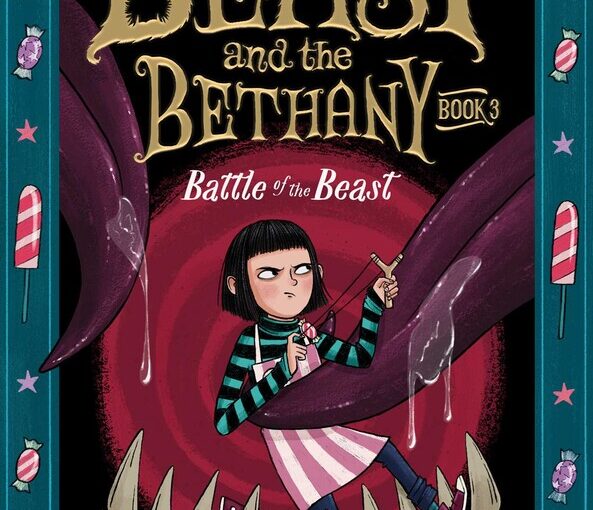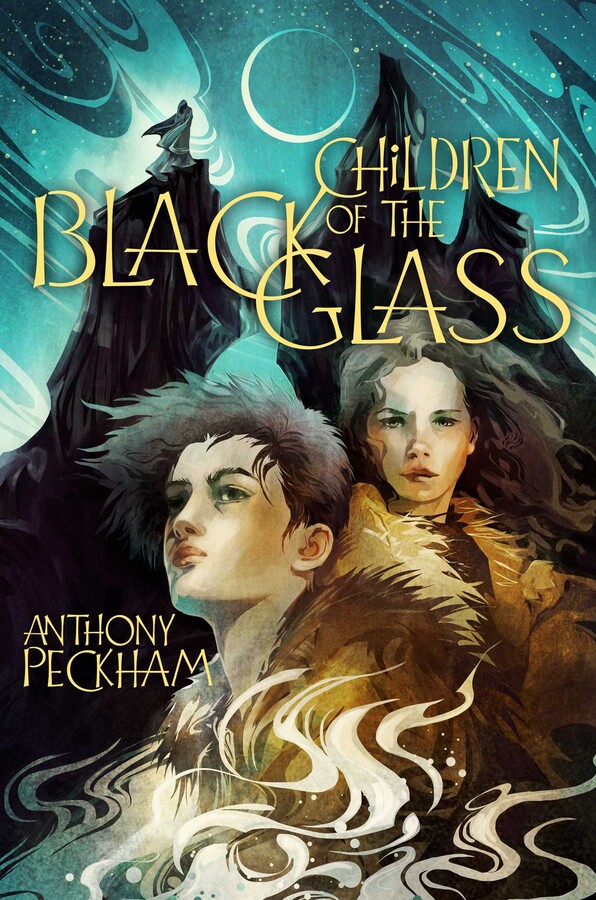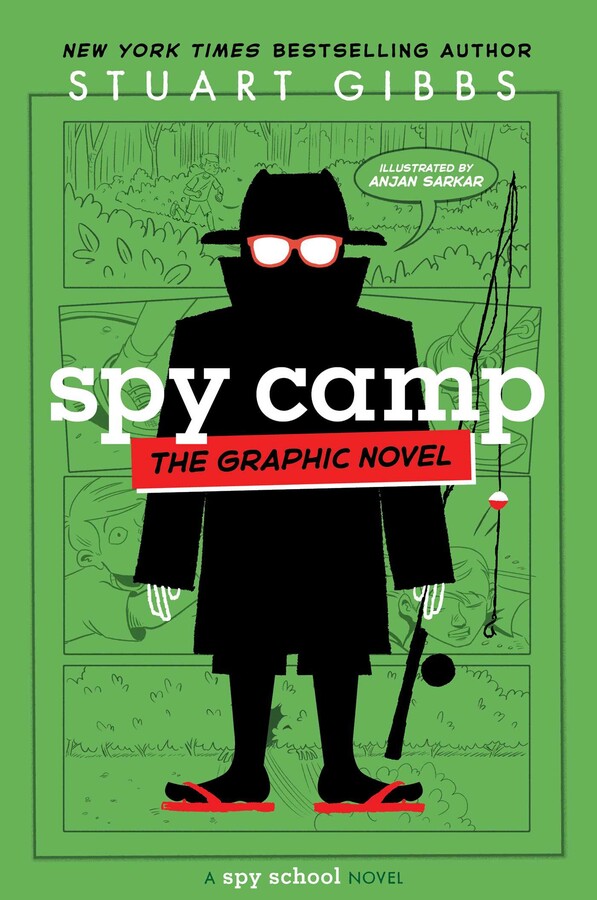Oh Lia Park, you continue to defy our expectations. Your freshman book, Lia Park and the Missing Jewel, had all of the markings for rote, by-the-numbers mglit, until I actually read it. The stereotypical place where I thought your book should be categorized was replaced with variety, a great heel, and a breathlessly fun pace. Now the second book in the series, Lia Park and the Heavenly Heirlooms, opens with Lia’s summer coming to an end and her attendance at the International Magic School about to commence. Hey, look, another book about teen kids at a magic school, where do I sign up to read this one? Yet again, author Jenna Yoon spins a tale that takes staple elements and situations, and turns it into an mglit read that will satisfy fans of the genre and beyond.
Lia Park, going all Empire strikes back in an mglit wayCategory: Middle school
The Counter Clockwise Heart starts with some of the best 8 pages in mglit
The Counter Clockwise Heart feels like that classic fairy tale that you were never told. It’s a remarkable book that could’ve been three times as long, but in doing so would’ve been half as interesting. The first chapter in The Counter Clockwise Heart is one of the best introductions we’ve read this year. In those eight pages it perfectly sets up the world of the book’s inhabitants. It does so in a way that alludes to great danger and flashes back to times of unimaginable peril. The Counter Clockwise Heart manages to do all of this in a constant, taut manner in a way that will pay reading dividends to those who are looking for a breath of mglit fresh air.
So wonderful that you wish you hadn’t read it, so that you dig it for the first timePrincess of the Wild Sea, a pleasant teen coming of age, that’s come before
I wanted to really enjoy Princess of the Wild Sea. It’s from Megan Frazer Blakemore and I was a big fan of her previous release, The Story Web. That book had its hooks firmly in the realm of fiction, with just enough power behind the character’s relationships that you wanted it to be real, or at least possible. Princess of the Wild Sea has planted its seeds firmly in the garden of fantasy, with a side dose of magic, heroes, and expectations. It’s mglit that will speak to those who want a patient, lyrical story of a once-magical place that’s now populated by hope.

The Beast and the Bethany, book 3, keeps the monster mglit fun chomping on
Somehow or another, we didn’t read The Beast and the Bethany book 2. We did read The Beast and the Bethany and absolutely loved it. That book has an appeal that’s a blend of Wednesday, the more malevolent parts of Despicable Me, and just a touch of gross characteristics you want from a beast that’s capable of vomiting anything it thinks of. It’s a book’s testament if it’s able to allow readers to skip a book in the series or to jump into it cold, and still be able to follow along, enjoying the story. The Beast and the Bethany: Battle of the Beast does that in a way that drags along reluctant middle school readers with monstrous ease.
As much monster charm as the first, an effortless MGLit readHow Was That Built, beautiful, architect, STEM food for ages eight and up
A friend of ours is a nuclear scientist. Illustrated books are for children and present simple content or fairy tales for young readers. One of those statements is false.
Intelligent illustrated books are an excellent way to teach. They can present advanced content on a level that’s not intimidating to younger audiences, and maybe, just maybe, inspire someone to change the world.* How Was That Built?: The Stories Behind Awesome Structures is an illustrated book that wears its intelligence on its sleeve and is the sort of book that’ll answer questions, inspire curiosity, and plant architectural seeds that’ll bloom in two or three decades.
You want your children to be more intelligent than you…,don’t you?Atom: The Building Block of the Universe is compact STEM happiness
If Andy Warhol designed a STEM book centered around small things he would’ve created Atom The Building Block of the Universe. Atom is a compact illustrated book that makes the complex seem simple but also acknowledges that it certainly can be confusing. It does this with absurd graphics, by comparing odd things and layering it all against a sea of dots that would make Nancy envious. *

Children of the Black Glass is starting point mglit with a fantasy twist
Don’t call it fantasy, because those books have never resonated with me. Children of the Black Glass is probably classed as fantasy, due to its sorcery, castles, dark alleys, and musty-smelling environment. Yeah, it’s fantasy, but it’s a dingy one that’s laden with black dust. It’s not dark, dank fantasy, rather it’s a world that you’d envision is moist, cloudy, and mysterious. If you were to meet a character from Children of the Black Glass in real life they’d most likely be quiet, untrustworthy, wearing an animal pelt, could live for decades in the country without any assistance and probably smell like a billy goat.
Continue reading Children of the Black Glass is starting point mglit with a fantasy twistSpy Camp The Graphic Novel, resistance is futile, read and enjoy
Recently I was surprised to find out that Enola Holmes was a series of books before it was a Netflix movie and before it was a graphic novel. To some folks, I realize that fact sets my surprise barometer rather low, akin to the water is wet crowd. For upper elementary, through middle school readers the Spy School series of books by Stuart Gibbs is a bulletproof vehicle for fun, fast-paced reading that helps those ages fall in love with literature. When Spy School The Graphic Novel came out I was less than impressed. As the series of mglit books goes, so goes the graphic novels and Spy Camp The Graphic Novel is upon us. And perhaps it took the Enola Holmes graphic novel to brush off our burs, but Spy Camp The Graphic Novel is an entertaining and fun book.
That’s great that you loved the novels, this graphic novel is great now too
















 Facebook
Facebook Twitter
Twitter Flickr
Flickr GooglePlus
GooglePlus Youtube
Youtube